Shale shakers and desanders and desilters are core components of a fixed drilling fluid control system. Through a collaborative approach of "coarse separation followed by fine separation," they achieve gradual purification of solid particles from the drilling fluid, ensuring stable performance and minimizing environmental pollution. The key to this collaborative approach lies in "process integration, parameter matching, and mutually beneficial effects," which can be elaborated on from the following four perspectives: the working process, core collaborative mechanisms, critical control points, and application advantages.
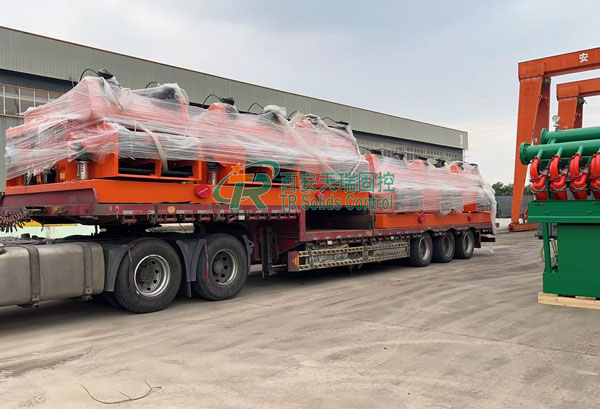
The shale shaker and desander and desilter achieve efficient collaboration through multi-stage solids control linkage, forming a closed-loop purification system of "coarse screening-medium removal-fine filtration".
| Device type | Core functions | Separation size range | Action stage |
| Shale shaker | Intercept large solid particles (drill cuttings, gravel) in drilling fluid | 20-150 mesh (about 100-800μm) | Solids control system primary treatment (first line of defense) |
| Desander | Removal of "medium-sized" solids from vibrating screen leakage | 40-120 mesh (about 125-380μm) | Secondary treatment of solids control system |
| Desilter | Removal of "fine particles" solids from desander leaks | 100-325 mesh (about 45-150μm) | Solids control system three-level treatment |
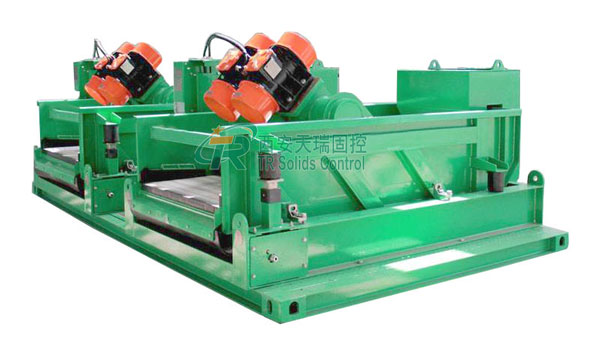
Typical configuration: A double-deck shale shaker is used. A downward-sloping design allows the screened material to flow naturally to the next stage. Meanwhile, a spray pipe cleans the screened material to prevent adhesion.
In summary: The Shale shaker first "screens" large particles, preventing coarse particles from clogging subsequent equipment; the desander and desilter "collects small particles," achieving fine purification of the drilling fluid.
The collaboration between the two should rely on auxiliary facilities such as pipelines and buffer tanks of fixed control systems to form a "continuous, stable and non-blocking" processing chain. The specific process is as follows:
Step 1: Shale shaker pretreatment (coarse separation)
During the drilling process, drilling fluid carrying a large amount of drill cuttings (commonly known as "return slurry") returns from the wellhead and first enters the shale shaker feed tank (or wellhead overhead tank).
The drilling fluid is evenly distributed across the shale shaker surface through a feed distributor. The screen surface vibrates at high frequencies, producing a straight or elliptical trajectory. Using the "screening principle," coarse drill cuttings larger than the screen mesh size (e.g., 20-100 mesh) are intercepted on the screen surface and ultimately pass through the slag discharge system (disposed as waste cuttings).
The screened "primarily purified drilling fluid" (containing medium and fine particles) flows from under the screen and enters the desander and desilter buffer tank (a key connection).
Step 2: Transition and flow stabilization of the buffer tank
The core function of a buffer tank is to balance flow and stabilize pressure. The output of the shale shaker may fluctuate due to fluctuations in drilling fluid return. A buffer tank temporarily stores drilling fluid, preventing it from entering the desander and desilter, which could cause sudden changes in flow and pressure.
The tank is typically equipped with an agitator to prevent solid particles from settling (preventing clumping and clogging downstream pipelines). Furthermore, a density meter and viscometer can be used to monitor drilling fluid parameters in real time, providing a basis for subsequent equipment adjustments.
Step 3: fine separation of desander and desilter
The drilling fluid in the buffer tank is pressurized (typically 0.15-0.3 MPa) by a sand pump (or desander) and then transported to the desander's cyclone array (usually 3-6 cyclones in parallel to increase processing capacity).
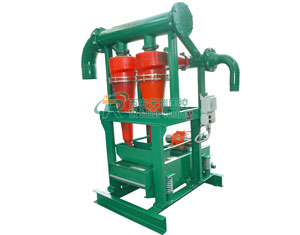
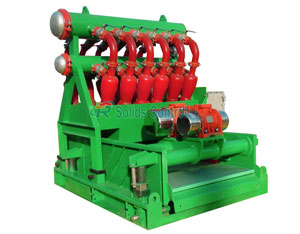
Desander operation: Drilling fluid enters the cyclone at a high velocity (approximately 8-12 m/s) along its inner wall, generating a strong centrifugal force (centrifugal acceleration can reach over 1000 times the force of gravity). Medium-sized solid particles (40-120 mesh) are flung toward the wall due to their high density and spiral downward along the wall before being discharged through the "underflow port" (where they can be rescreened on a vibrating screen or directly treated as coarse sand). The purified drilling fluid (containing fine particles) flows out through the "overflow port" and into the desilter's buffer tank.
Working process of desilter: The process is the same as that of desander, but the diameter of cyclone is smaller (usually 50-100mm, while the diameter of desander cyclone is mostly 150-250mm), the centrifugal force is stronger, and it can separate fine particles of 100-325 mesh (such as clay and colloidal particles). The underflow is fine mud, and the overflow is "near-clean drilling fluid", which is returned to the drilling fluid circulation tank for reuse.
Step 4: Closed-loop feedback and adjustment
The overflow from the desander and desilter should be retested (for example, solids content and viscosity). If the solids content is still above the standard (e.g., >3%), check the shale shaker for leaks (e.g., screen damage) and the desander and desilter pressure to ensure it is normal. Adjust the parameters of the upstream equipment accordingly.
If the shale shaker discharge contains a large amount of fine particles (indicating that the screen mesh is too large), replace it with a finer screen to reduce the amount of "leakage" and reduce the load on the desander and desilter.
Summary: The desander and desilter uses the cyclone centrifugal principle to perform secondary purification on the mud treated by the vibrating screen.
The multi-stage linkage system increases mud reuse to over 95%, keeping the solids content in the drilling fluid below 3%, meeting the requirements of complex drilling conditions such as high-density and extended-reach wells.
Shale shaker pretreatment reduces wear on desanders and desilters, extending maintenance intervals by 30%-50%.
Through this synergistic system, mud-free technology maximizes resource utilization of cuttings, reduces waste emissions, and lowers environmental treatment costs.
The core of the collaboration between the shale shaker and the desander and desilter is "graded interception, parameter matching, and process closed-loop" - the coarse separation through the vibrating screen "reduces the burden" of subsequent fine processing, and the centrifugal separation through the desander and desilter achieves deep purification of the drilling fluid, ultimately ensuring the safety, efficiency and environmental protection of drilling operations.
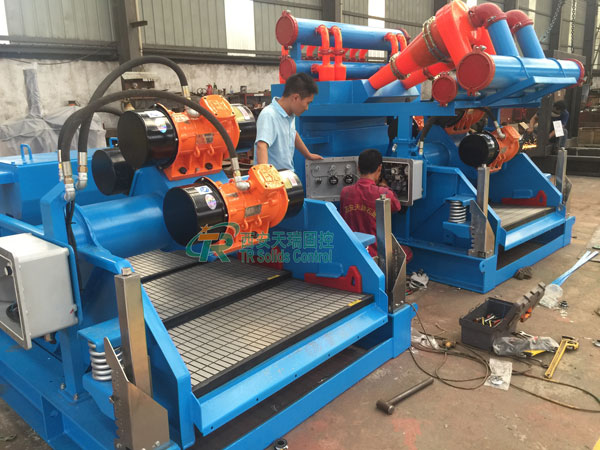
The coordinated operation of shale shakers and desanders and mud removal equipment is a key technology in the modern oil, gas, mining, and construction industries. TR Solids Control's Shale shakers, through their high-speed vibration, effectively separate coarse particles and fine impurities from high-quality ore or construction sand, improving the purity and quality of the material. Simultaneously, desanders and mud removal equipment further treat the screened material after separation to remove fine mud and sand.

Address: No.2 Hu·ochang Rood, Yangling District, Xianyang City, Shaanxi Province, China
Tel: +86-13186019379
Wechat: 18509252400
Email: info@mudsolidscontrol.com
Contact: Mr.Li